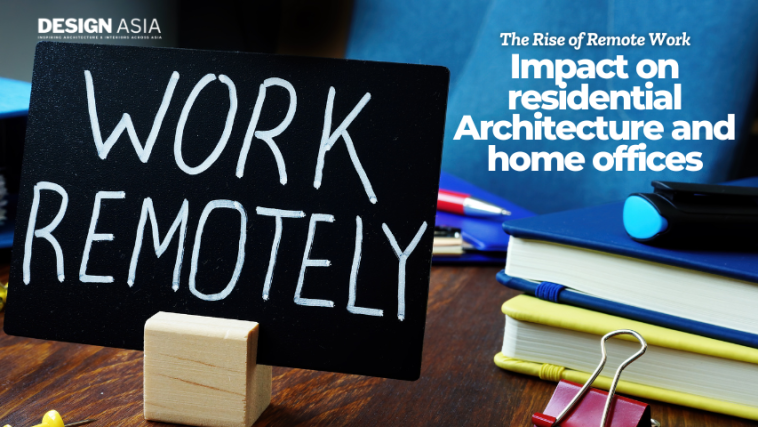The rise of remote work has significantly transformed various aspects of our lives, particularly in how we approach residential architecture and home office design. As more individuals embrace the flexibility of working from home, it is essential to understand the implications this trend has on our living spaces.
The Shift to Remote Work
The COVID-19 pandemic accelerated the adoption of remote work, with many companies transitioning to hybrid or fully remote models. This shift has led to a growing demand for home environments that facilitate productivity and comfort.Key Impacts on Residential Architecture:
- Design Priorities:
- Homeowners are increasingly prioritizing spaces that can accommodate work needs. This includes creating dedicated office areas that are separate from living spaces to minimize distractions.
- Flexible Spaces:
- Open floor plans are being re-evaluated. Many are opting for more flexible spaces that can serve multiple purposes, such as guest rooms that also function as home offices.
- Natural Light and Ventilation:
- Architects and designers are placing greater emphasis on natural light and ventilation in home offices. Well-lit and airy spaces can enhance productivity and overall well-being.
- Technology Integration:
- With remote work requiring reliable technology, homes are now being designed with improved electrical outlets, high-speed internet capabilities, and soundproofing to support virtual meetings.
Home Office Trends
As the concept of the home office continues to evolve, several trends are emerging:
- Ergonomic Furniture:
- There is a growing focus on ergonomic office furniture to ensure comfort during long working hours. Desks, chairs, and accessories are designed to promote good posture and health.
- Aesthetic Appeal:
- Home offices are being designed with aesthetics in mind, blending functionality with style. Homeowners are opting for decor that inspires creativity and reflects personal tastes.
- Outdoor Workspaces:
- Some individuals are choosing to work outside, leading to a demand for outdoor workspaces equipped with Wi-Fi and comfortable seating.
- Sustainability:
- Eco-friendly materials and energy-efficient designs are becoming more popular as homeowners seek to minimize their environmental footprint.


